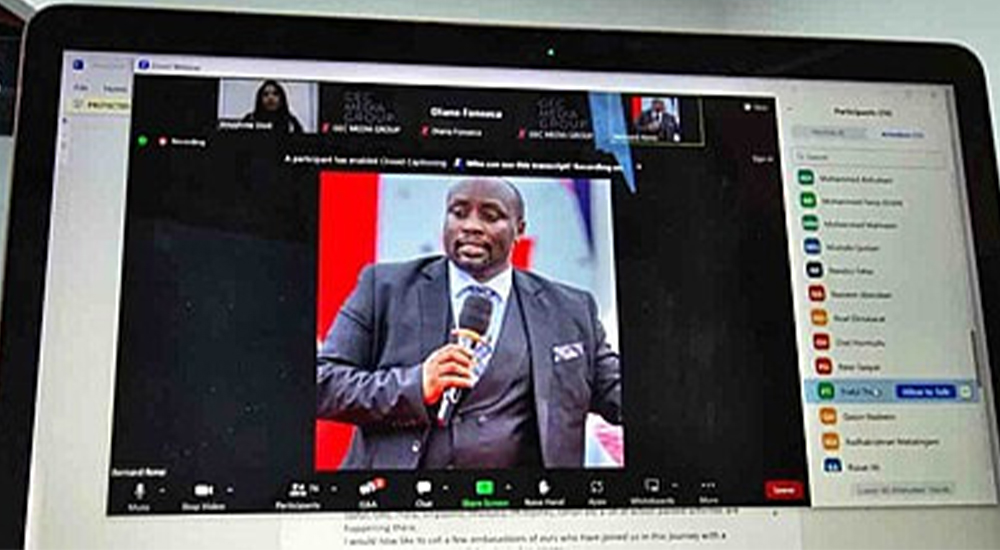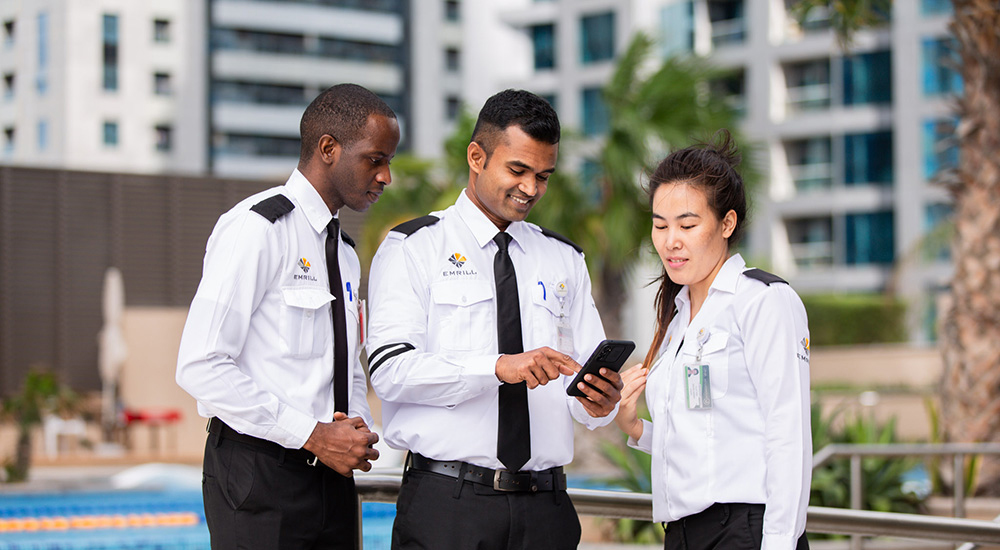Unquestionably, 2020 has been the year of change. We have changed how we work, where we work, when we work, even to some extent why we work. And it has happened, but at a pace few would ever have imagined. This has given rise to the distributed anywhere workforce, with early signs from organisations globally that there could be a permanency with it.
As businesses begin to prepare for what the workforce of the future looks like, can we learn anything from the past year to inform future plans? I recently spoke to Dr Carl Benedikt Frey, Director, Future of Work program at the University of Oxford, about the biggest workforce trends to look out for in 2021. Here are some of our mutual observations:
Prediction #1: Employee productivity measurement will shift from input to output
According to Dr Frey, “There will be no more brownie points for just showing up to the office and putting in the hours. We are going to see less focus on input, more focus on output. In 2021 we are going to see this change in mindset accelerating. Innovative, competitive organisations are going to move to a measure of outputs and deliverables, rather than mere presenteeism”.
For too long, managers have been trusting input, such as time spent in the office, rather than output, such as deliverables, when overseeing teams. I see the rise of a more distributed workforce model to stay for a foreseeable future.
Gone are the days of looking out to a group of employees working late in the office to judge productivity and dedication. But don’t just take my word for it, Netflix has subscribed to this outlook for a while, with CEO Reed Hastings writing, “Today, in the information age, what matters is what you achieve, not how many hours you clock. I have never paid attention to how many hours people are working.”
For employees this really is a seismic change and a real opportunity, offering greater work flexibility and encouraging a greater degree of trust between them and their employer. Are they hitting their KPIs and being responsive to clients and co-workers? If the answer is yes, it doesn’t matter how they are structuring their day.
So, for 2021 we expect we will see a significant move towards assessing performance not based on what an employee is seen to be doing but establishing an environment of mutual trust where employees are assessed on their achievements.
Prediction #2: The battle for talent will continue to heat up
“Businesses are always in competition, not just in the product market but also in the labour market. When location is less of a constraint, the talent pool grows, and employers have the potential to recruit from anywhere with an internet connection” adds Dr Frey.
When organisations have a distributed workforce, geography is no longer a limit. Instead, businesses hire talent based on skill set and attributes. That’s something we found when surveying EMEA business leaders, with 82% stating that remote work has helped in recruiting candidates living outside of major economic hubs.
In the global war for talent, being able to offer a truly digital-first employee experience, giving access to the devices and applications they need, that can be used on any device from any location, will be stressed with equal, if not more, importance as more traditional factors like salary and benefits.
Organisations looking to be more competitive in the global labour market and grow in difficult circumstances will need to make sure they are investing in the right technologies and practises such as giving employees the flexibility to use different devices safely to ensure a positive employee experience. Businesses and industries that get this right will attract or retain the best talent and ultimately succeed in 2021 and beyond.
Prediction #3: The distributed workforce will put serendipity in its crosshairs
“From Renaissance Florence to Silicon Valley, innovation has always benefitted from proximity and random interactions. We will likely see a new wave of collaboration tools that will attempt to bring this element of serendipity into our working lives.” says Dr Frey
This touches upon something really interesting. In our research we found that around three-quarters (76%) of employees reported feeling greater personal connections with colleagues as a result of remote working. It will be vital for business leaders to capitalise on this to recreate those water cooler moments that spark new ideas and drive businesses innovation.
Striking the right balance between remote work and productivity gains in the short run, and the serendipitous interactions that drive innovation and business performance in the long run, are the tasks that many organisations will be focussing on in 2021.
The future is here
While the future can be laced with uncertainty, there is no doubt that organisations will grapple with the changes they need to make as they reflect on a year that has often been called the great remote work experiment.
In this anywhere working world, no longer restricted by geography or location, successful teams will be distinguished by how they foster productivity, employee experience and creativity. For organisations to truly succeed in this new world, they will need to ask themselves whether they are embracing these new attitudes.
By Kristine Dahl Steidel, Vice President EUC EMEA, VMware and Dr Carl Benedikt Frey, Director of the Future of Work Programme, Oxford University.




